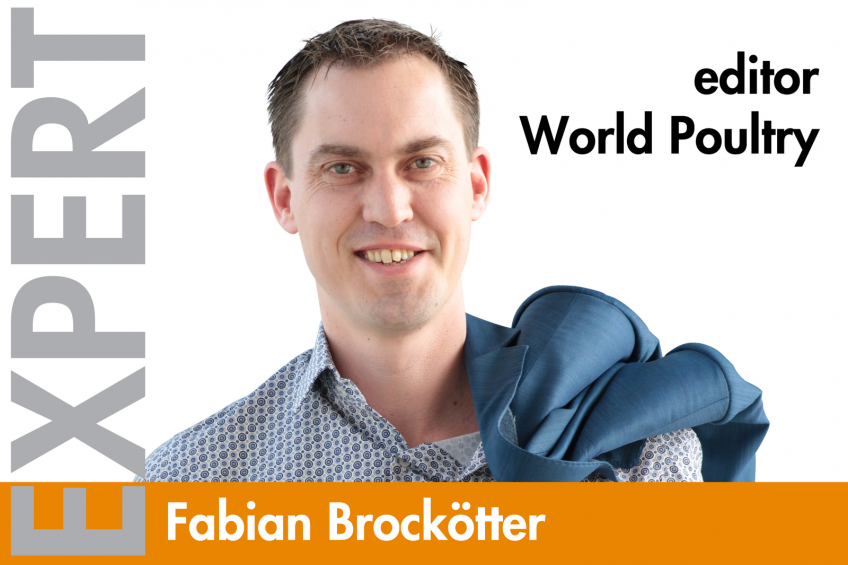No shortcuts in antibiotic reduction

The reduction of antibiotics in livestock production is an inevitability. The question is now how and when it will be achieved and to what extent. What is clear is that there can be no shortcuts in this process.
Recently I was in a discussion about antibiotics reduction at a seminar during the new animal husbandry exhibition VIV MEA in Abu Dhabi. Some of the attendees had difficulties believing that poultry production without in feed antibiotics could be a viable way to produce in the near future. And indeed, when production is tuned into the use of sub-therapeutic antibiotics or growth promotors, it is not easy to do without.
It will ask for a different way of managing farms and birds and it will take a different mind-set as well. It’s like driving a car without a seatbelt on, it gives you an uncomfortable feeling, but with enough precautions it doesn’t have to be more dangerous.
The poultry industry’s role in antibiotic resistant bacteria
The reduction of antibiotics is all about reducing bacteria resistance. The poultry industry plays a role in the occurrence of antibiotic resistant bacteria causing health issues and even death in humans. How big that role is, is under discussion. However, the utmost should be done to reduce the role to the bare minimum. That said, treating a sick animal can never be part of the discussion. Not treating sick birds will have severe adverse effects on animal welfare with possible negative societal fallout and also on profit margins.
Stopping antibiotic for preventative use and growth promotion
However, in stopping the use of antibiotics for preventive measures or growth promotion, there cannot be any shortcuts. If the poultry industry takes the concerns of the public and human health officials seriously, preventive use of antibiotics is ruled out altogether.
Many countries have imposed a ban, or will do so within a short time span, on in feed antibiotics. But what about other preventive usage such as in ovo medication or usage of antibiotics like Zinc Bacitracin which aren’t seen as ‘real’ antibiotics by some?













